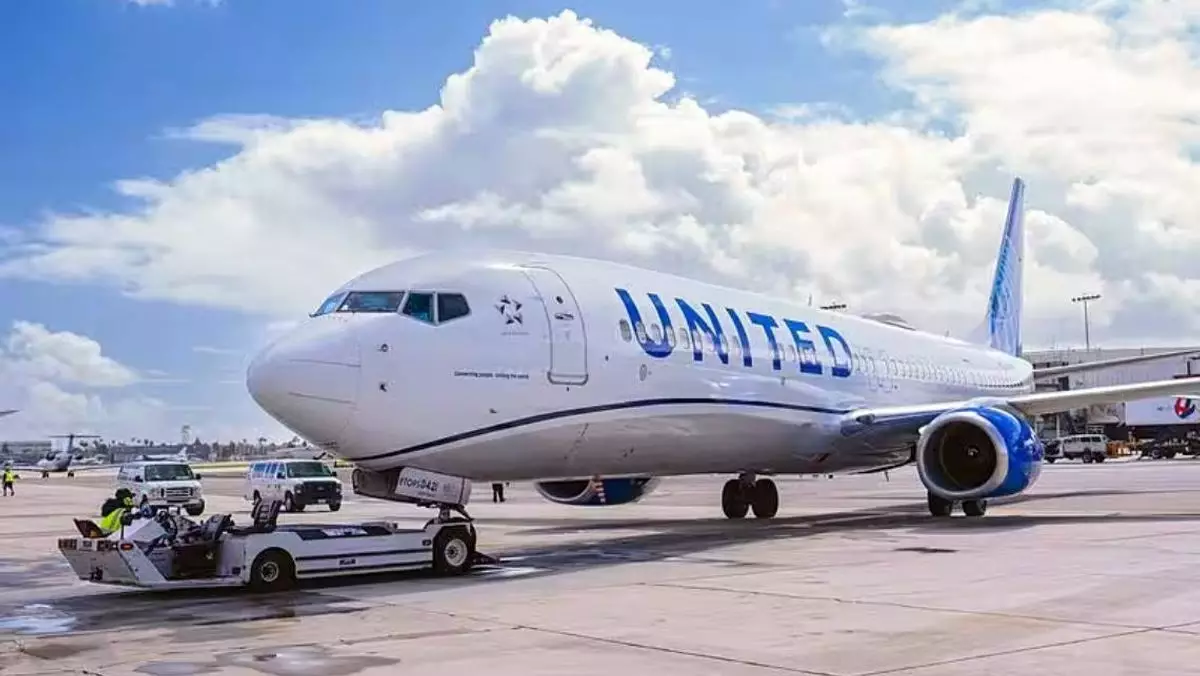In the spring months, United Airlines faced significant operational setbacks at Newark Airport, which cast a shadow over its performance and strategic outlook. Compounded by infrastructure issues and air traffic control disruptions, the airline experienced a notable decline in customer satisfaction and flight punctuality. Such operational failures often seem like minor blips to outsiders, but their ripple effects reverberate deeply, undermining consumer confidence and impacting financial metrics. United’s internal acknowledgment of these problems highlights a brutally honest assessment—admitting fault is a vital first step toward genuine recovery. Yet, these challenges underlined a critical vulnerability in the airline’s hub-centric model and exposed how fragile operational stability can be amid external infrastructural chaos.
The dip in Newark’s performance affected United’s overall profitability more than anticipated. The airline admitted to a reduction in load factors—sometimes by as much as 15%—which directly translated into revenue contraction. The second quarter’s profit margins were consequently squeezed by roughly 1.2 percentage points. These figures reveal how operational flaws quickly escalate into financial drawbacks, emphasizing the importance of resilient infrastructure and management systems. In this sense, United’s early 2024 results serve as a cautionary tale: strategic gains can be swiftly undone without robust operational backbone and adaptive crisis management.
Strategic Turnaround: Infrastructure Repairs and Improved Management
The optimistic narrative surfaced mid-year, driven largely by a couple of pivotal developments. First, the reopening of a critical Newark runway in early June marked a turning point. It was more than just a physical repair—symbolically, it signified a recommitment to operational excellence. The FAA’s stabilization of air traffic control technologies and procedures further bolstered this momentum, leading to a tangible improvement in flight punctuality and customer satisfaction.
Recent Cirium data underscores these technological and logistical advancements. Newark’s on-time arrival rate soared to an impressive 74.2%—surpassing JFK and LaGuardia—and its cancellation rate modestly edged below its counterparts. United capitalized on these improvements by ramping up capacity from 290 to 380 daily departures in just a matter of weeks, demonstrating remarkable agility. This rapid increase not only signaled restored passenger confidence but also exemplified how decisive infrastructure investments can stabilize operational metrics.
United’s leadership, including operations head Jonathan Gooda, openly celebrated June’s record-breaking on-time performance, framing it as an indication that Newark is now “running better than ever.” This strategic shift from reactive firefighting to proactive management underscores the airline’s renewed confidence in its core hub operations—a critical factor in sustaining growth and profitability moving forward.
Reassessing Financials in a Volatile Market Landscape
Despite the positive trends, the second quarter painted a mixed picture on the financial front. Revenue ticked upward to $15.2 billion, reflecting a modest 1.7% increase year-over-year but falling short of analyst forecasts. Expenses rose more sharply—up 6.5%—largely due to increased capacity and inflationary pressures on staffing, maintenance, and fuel. These rising costs reveal an ongoing balancing act: growing capacity while managing operational efficiencies amidst external economic uncertainties.
Net income shrank significantly, down 26.4% to roughly $973 million. While this decline naturally raises questions about profitability, it’s essential to interpret these figures within the context of a recovering industry navigating post-pandemic normalization and geopolitical complexities. United’s leadership remains cautiously optimistic, citing an uptick in sales numbers for July, especially in business travel segments that are typically more lucrative. The growth, driven by increased market certainty following positive U.S. policy adjustments, hints at a resilient demand for air travel despite macroeconomic headwinds.
This financial snapshot serves as a reminder that while short-term setbacks are inevitable, strategic investments—particularly in infrastructure and operational management—are crucial for sustainable growth. United’s willingness to acknowledge failures and swiftly adapt their practices indicates a leadership committed to transformation rather than complacency.
Optimism Anchored in Strategic Recovery
The road ahead for United Airlines looks decidedly optimistic, built on swift infrastructure fixes and improved operational management at Newark. The airline’s ability to recover from the operational failures of early 2024 demonstrates resilience and adaptability. While initial setbacks temporarily dented customer confidence and profit margins, the subsequent improvements suggest the airline has learned hard lessons and is now more equipped to manage disruptions effectively.
The narrative isn’t just about overcoming adversity—it’s about harnessing adversity to catalyze strategic growth. United’s emphasis on operational excellence, coupled with a cautious yet confident financial outlook, exemplifies how a major airline can transform operational challenges into long-term advantages. In the fiercely competitive landscape of commercial aviation, this capacity for swift correction and strategic recalibration could very well define United’s trajectory for years to come.


Leave a Reply